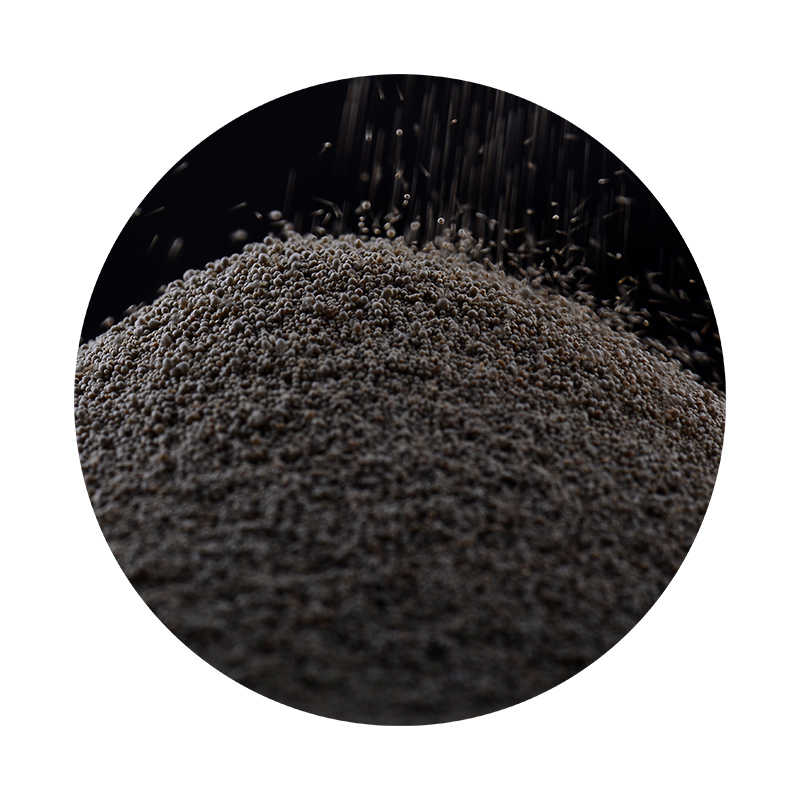Sand Casting A Timeless Technique in Metal Forming
Sand casting, also known as sand mold casting, is one of the oldest and most widely used manufacturing processes in the world, stemming from ancient practices that date back thousands of years. This method utilizes a mixture of sand and a binding agent to create molds that can shape molten metal into complex and precise designs. Today, sand casting remains a popular choice in various industries, including automotive, aerospace, and artistic endeavors. This article explores the fundamental aspects of sand casting, its processes, advantages, and applications, drawing insights from popular YouTube channels that delve into the nuances of this timeless technique.
The Basics of Sand Casting
The sand casting process begins with the creation of a pattern, usually made from metal, wood, or plastic, which is an exact replica of the item to be cast. The pattern is placed in a molding box, and sand mixed with a binding agent (like clay) is packed around it. Once the sand has been compacted, the pattern is removed, leaving a cavity in the shape of the desired object.
The next stage involves assembling the mold halves and pouring molten metal into the cavity through a gating system. As the metal cools and solidifies, it takes the shape of the mold. After the metal has cooled sufficiently, the mold is disassembled, revealing the cast object. This method is appreciated for its ability to produce a variety of complex shapes and sizes with excellent surface finishes, especially when compared to other casting methods.
The Advantages of Sand Casting
One of the primary advantages of sand casting is its versatility. It can accommodate a wide range of metals, including aluminum, iron, and bronze, making it suitable for producing everything from small components to large machinery. Additionally, the process is cost-effective, particularly for low-volume production runs, since the sand molds can be reused multiple times.
Another significant benefit is the ease of making complex geometries. Sand molds can easily be modified, allowing for creative freedom in design and the ability to produce intricate details. Furthermore, the sand casting process allows for larger castings compared to other techniques, as the physical properties of sand can withstand the weight of the molten metal.
youtube sand casting

Applications of Sand Casting
Sand casting is employed across various industries due to its adaptability. In the automotive sector, it is used to manufacture engine blocks, transmission housings, and various other components. The aerospace industry leverages sand casting to produce lightweight, high-strength components, such as turbine blades and airframe parts, which are critical for performance and efficiency.
Artisans and sculptors also use sand casting to create intricate sculptures and decorative items. The process allows for a high degree of creativity, enabling artists to bring their visions to life in metal. Many popular YouTube channels showcase the artistry of sand casting, highlighting project tutorials, tips, and techniques that inspire both beginners and seasoned practitioners.
Learning from YouTube
YouTube has become an invaluable resource for those interested in learning about sand casting. Channels dedicated to metalworking and fabrication often feature in-depth tutorials and real-world applications of the sand casting process. These videos provide step-by-step guides that encompass everything from the preparation of the molds to the finishing touches on the cast products.
For instance, channels might demonstrate how to create a simple sand mold, pour molten aluminum, and complete the final product with polishing and assembly. They often address common challenges faced during the casting process, such as dealing with air pockets, managing cooling rates, and achieving the desired surface finish. Through these platforms, enthusiasts can learn not only the technical aspects but also the rich history and philosophy behind the craftsmanship involved in sand casting.
Conclusion
In summary, sand casting is a venerable technique that combines simplicity with versatility, allowing for the production of intricate and diverse metal objects. Its applications span various industries, reflecting its enduring relevance in modern manufacturing. As interest in metalworking continues to surge, platforms like YouTube are crucial in demystifying the processes involved in sand casting, enabling a new generation of metalworkers to explore this age-old craft. Whether for industrial applications or artistic endeavors, sand casting remains an essential technique in the world of metal casting, paving the way for innovation and creativity.
Post time:Dùbh . 05, 2024 11:10
Next:သဲပေါက်နိုင်ပါတယ်။
